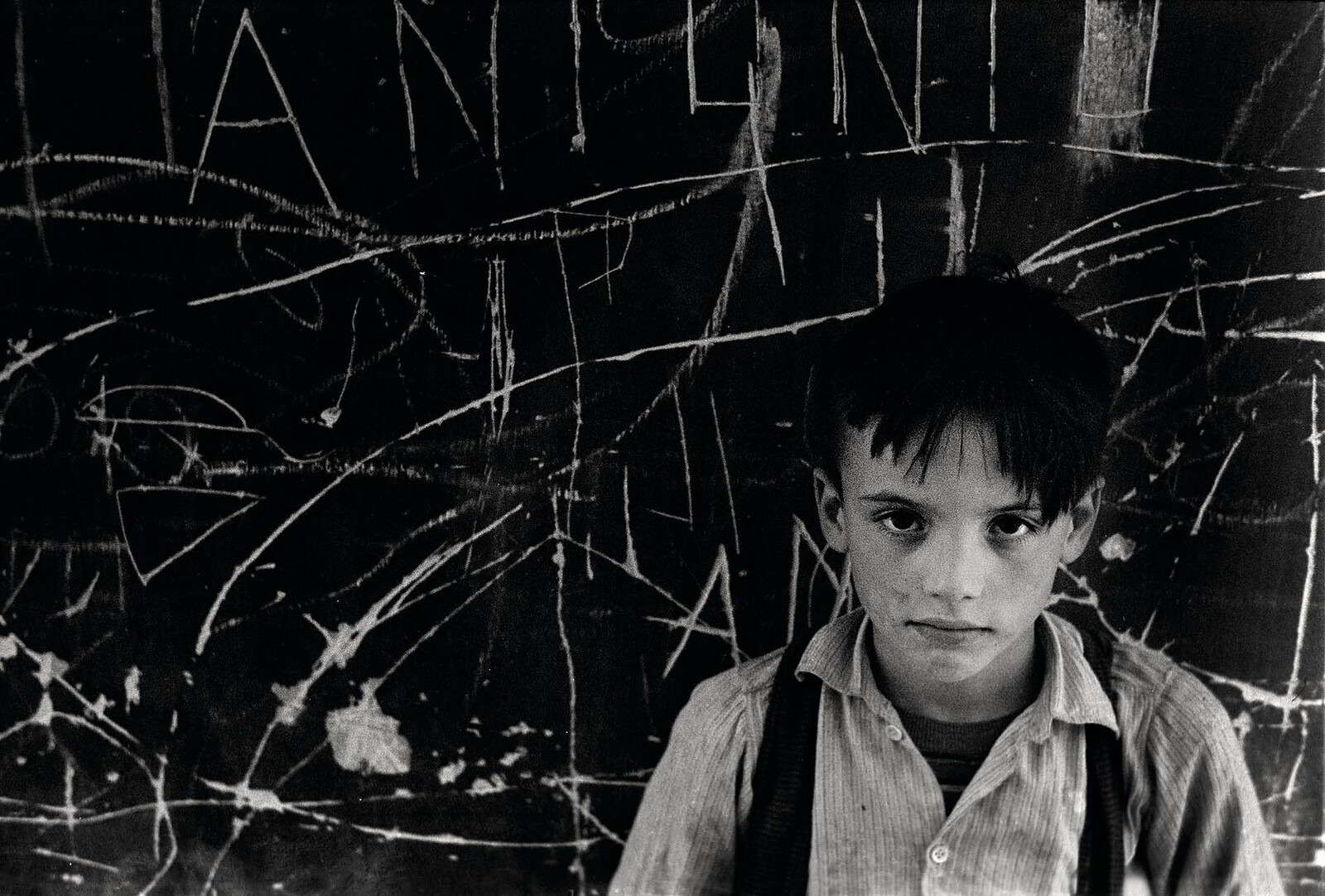February 14–May 17, 2020
Casa Garriga Nogués Exhibition Hall
Avenida del Litoral 30
08005 Barcelona
Spain
T +34 932 71 31 80
infokbr@fundacionmapfre.org
The work of Carlos Pérez Siquier (1930) stands out both in the Spanish art scene and on the international stage as a key element in the creation and consolidation of photographic modernity and the professionalisation of the medium in Spain, initially starting from postulates close to Neo-Realism and subsequently as a forerunner of colour photography. In both fields Pérez Siquier works from a privileged liminal position characterised by a unique gaze, fully aware of his authorship in spite of having started from an intuitive conception of photography, lacking any academic training.
Born in Almería, where he has lived throughout his life, from the onset of his career in the nineteen fifties Pérez Siquier has always been a peripheral artist. Yet this hasn’t prevented him from going against the flow, introducing violent breaks with tradition and simultaneously becoming a catalyst for the most influential photographic collective of his day and age, the Afal group, gathered around the review of the same name that was active between 1956 and 1963. Without moving to either of the country’s production centres (Madrid or Barcelona), living in Almería Pérez Siquier became a key figure in Spanish photography, in direct contact with colleagues like Joan Colom, Xavier Miserachs and Ricard Terré. Almería was a province affected by an age-old backwardness, whose history and territory were to a great extent different to the rest of the Mediterranean coast and its adjacent provinces, and for decades it symbolised Spanish exceptionality in the complex history of the neglect of southern Europe.
From this remote border space, over the course of six decades Pérez Siquier has created a photographic corpus that in an incidental and yet also profound and mordant way enters into the debates of his time. In his photographic series we discover the social periphery, the visual alterations generated by the economic development of the Franco regime, the culture shock produced by the mass arrival of foreign tourism in Spain, and the penetration of a new colouristic and sensuous visual culture behind the slogan “Spain is Different” that superficially replaced the trauma of the aftermath of the Civil War on the country’s coasts, as well as the photographer’s recent withdrawal into more personal spheres. Along these lines, the transition from the representation of social criticism to the curious and sceptical celebration of consumer society reflects a genuine change of paradigms in postwar European society. This is clearly the thread that connects his work with the proposals of the most critical Pop Art, with auteur film of the sixties and with the literature of his generation. Hence the present exhibition is a broad retrospective that runs through his most noteworthy series produced between the years 1957 and 2018, and also contains a significant number of hitherto unpublished images that will further the international recognition of an artist who in 2003 won the National Prize for Photography awarded by the Spanish Ministry of Culture.
Curators: Carlos Gollonet and Carlos Martin
The photographs cannot be bled, cropped, guttered, overprinted or altered in any way, whether it be color proportion or form. It is also not allowed to write, superimpose or add any text on the images. The reproduction of the photographs must be accompanied by the pertinent copyright and courtesy lines.
The reproduction of images in on-line publications and media is allowed only for exhibition publicity and dissemination where the resolution of the reproduction is a maximum 72 dpi/204 pixels in a non-downloadable format.

